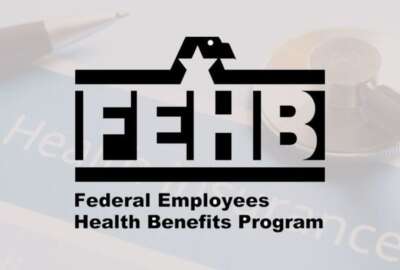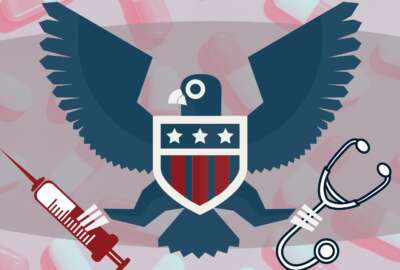Open Season Exchange 2023: OPM’s Amber Rhodes on tools to help make the right plan choice
With more than 150 health plan options in the FEHB program, one of the most common questions from FEHB participants is which specific plans are available to them.
While federal employees and annuitants are thinking about their health care options during Open Season, on the other side of the table, the Office of Personnel Management busily fields questions about the Federal Employees Health Benefits Program.
With more than 150 options in the program, one of the most frequent questions from FEHB participants is which specific plans are available to them, said Amber Rhodes, a supervisory analyst at OPM.
“There are about four nationwide plans. Everyone has about 17 plans that they are eligible for,” Rhodes said during Federal News Network’s 2024 Open Season Exchange. “Then based on where you live or work, there are the regional plans that one may be eligible for.”
Using OPM’s plan comparison tool
That high number of options may appear overwhelming, but Rhodes said she encourages FEHB participants to use OPM’s plan comparison tool to see exactly what they’re eligible for.
“Our plan comparison tool allows you to compare up to four plans at a time and you can look across the ones that you choose,” she said. “It’ll show you co-pays, rates and brochures. There’s contact information, benefit information, pharmacy information. I think it’s very helpful for everyone.”
Additionally, the tool on OPM’s website lets participants look at plans based on geographic region.
“You put in your ZIP code, and it will show what’s available to you based on where you live or work,” Rhodes said. “If there is any uncertainty, the front of every brochure has the locality which they cover.”
Reviewing FEHB plan brochures
Aside from the comparison tool, FEHB carriers’ plan brochures are a useful place for participants to look if they need more information to make their decisions for health care benefits. The brochures are the official statement of benefits from the different carriers in the program.
“You definitely want to take a look at that brochure,” Rhodes said. “In every brochure, there is a page to tell you what has changed from the previous year to the current year. So that’s a good place to look as well.”
Specifically, Section 2 of each FEHB plan brochure shows what’s new for that plan option for the coming year. For 2024, there are additions to infertility treatment coverage, Medicare coordination, gender affirming care and treatment, mental health and telehealth options, obesity treatment, maternal health care coverage and treatment for substance abuse disorders.
And on the last page of each brochure, participants can find premium tables detailing the rates for self, self plus one, and family plans for each carrier.
As the name implies, Open Season means that everyone in FEHB has the ability to change plans — not just current federal employees.
“Some people think when you retire that you’re stuck with the plan that you were with when you retired,” Rhodes said. “But Open Season is an opportunity for everyone, including annuitants. They may also change. We encourage them to use those same tools to look up what’s best for them.”
And although Open Season is the biggest time of the year for FEHB enrollees to consider their options, OPM’s health and insurance teams spend the entire year planning and developing what will be available the following year. Rhodes said her office will soon be looking ahead to 2025.
“Once Open Season ends this year, we’ll go out and do our debrief and our internal review, and we’ll take that information based on the feedback, based on our own findings,” Rhodes said. “We look at all of our statistics and begin preparing for next year. Right after one Open Season ends, we’re in full swing for next year.”
To discover more insights and advice shared during the 2024 Open Season Exchange, visit the event page.
Copyright © 2025 Federal News Network. All rights reserved. This website is not intended for users located within the European Economic Area.
Drew Friedman is a workforce, pay and benefits reporter for Federal News Network.
Follow @dfriedmanWFED






